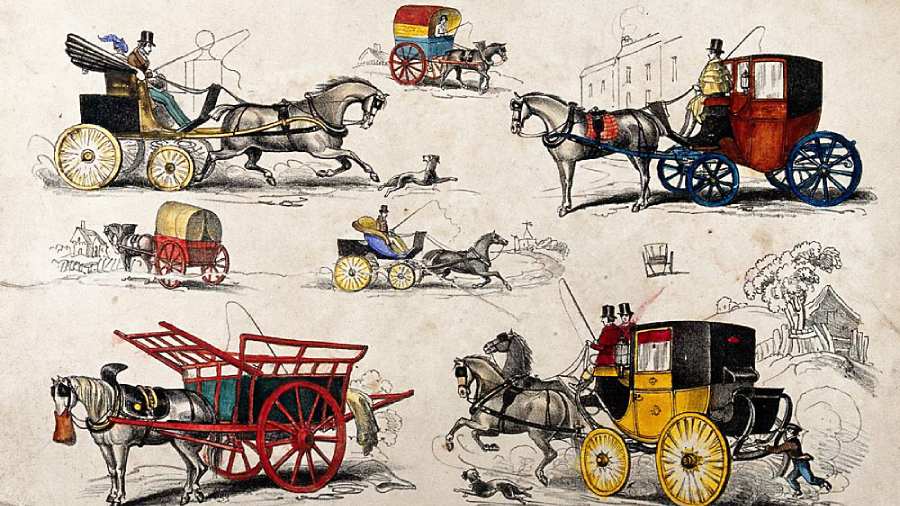Book: A Brief History Of Motion: From The Wheel, To The Car, To What Comes Next
Author: Tom Standage
Publisher: Bloomsbury
Price: $19.60
If one takes a look at Tom Standage’s works, including The Victorian Internet, The Neptune File, Writing on the Wall among others, what is discernible is his preoccupation with the fascinating histories of technological evolution and their implications on society. In A Brief History of Motion, Standage takes the readers on a road trip through the milestones that shaped the development of automobiles, going all the way back to the invention of the wheel. At the heart of the book lies the crisis of unsustainability that has always plagued transportation.
Divided into 12 chapters with singular titles like “Your Carriage Awaits”, “You Are What You Drive”, “Who Owns The Streets?”, Standage underscores the prolonged cultural resistance towards the wheel. Vignettes on the rise and the fall of the use of chariots in warfare, wagons paving the way for coaches, the popularity of “hackney carriages” — an early instance of ride-hailing — give us a panoramic view of the trajectory of the wheeled vehicle. Standage also points out that the unsustainability of horses resulted in the advent of cars in the late 19th century. Similar to the “Great Horse Manure Crisis” is the current problem of the proliferation of cars whose deleterious effects on climate and space have, Standage argues, left the world to grapple with yet another Frankenstein. Standage combines elegant prose, peppered with wry humour, with statistics and literary resonances to examine not only the roads not taken but also the wrong turns in the history of motion.
The latter half of the book reads like speculative fiction wherein the author assesses the eventuality of electric vehicles replacing their combustive predecessors. The post-car era would feature data facilitating the multiplicity of choices like ride-hailing, shared rides or even “flying cars”. Standage’s speculation is timely as the pandemic has forced modern society to reassess its relationship with the automobile.











